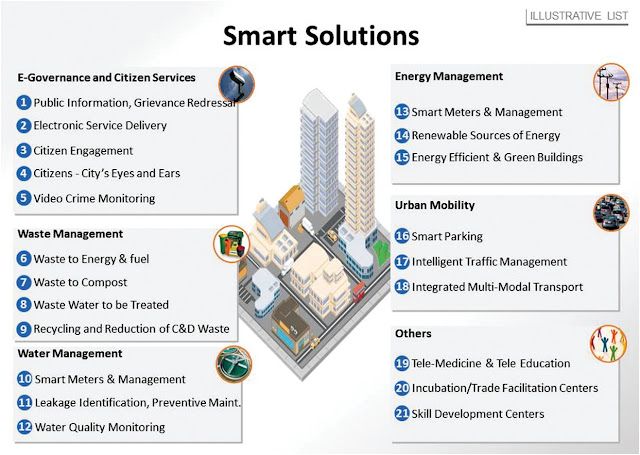Being Smart About Becoming a Smart City

Last month the Ministry of Urban Development released it's Smart Cities Mission Guidelines. The release was greatly anticipated with several forums, discussions and white papers released about what constitutes becoming a 'Smart City'. With varying definitions and propositions, the city development/management must have been waiting with baited breath to see how the MoUD defines a 'Smart City'. Predictably, the release of the mission statement and guidelines did not quite answer that question. It refreshingly asks the cities to outline a concept of what they believe would be a Smart City for themselves. The first question is what is meant by a ‘smart city’. The answer is, there is no universally accepted definition of a Smart City. It means different things to different people. The conceptualisation of Smart City, therefore, varies from city to city and country to country, depending on the level of development, willingness to change and reform, resources and a